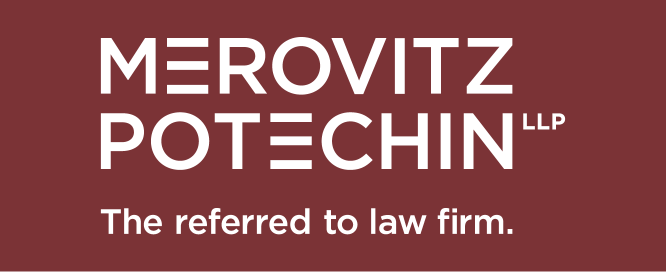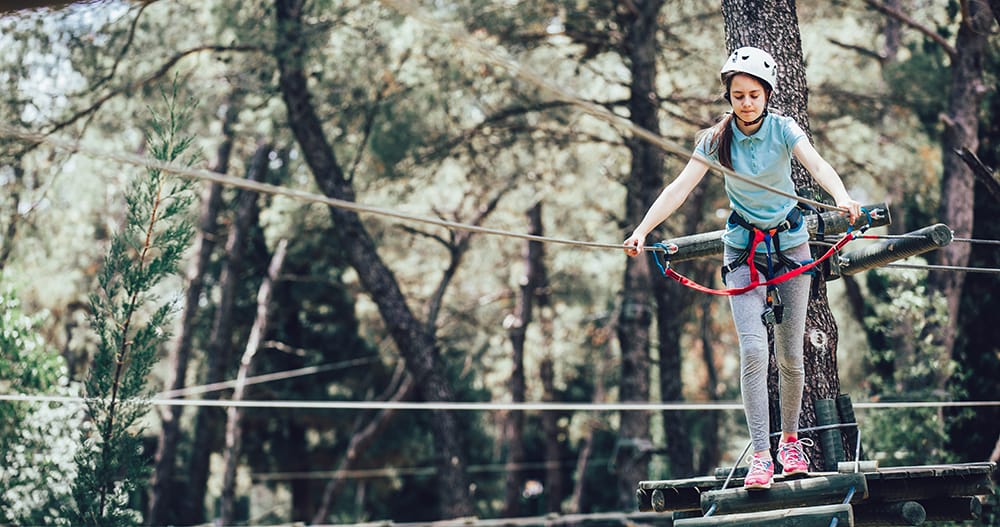The short answer is no.
The Forestry Act provides that every tree whose trunk is growing on the boundary between adjoining lands is the common property of the owners of the adjoining lands. The Forestry Act further provides that every person who injures or destroys a tree growing on the boundary between adjoining lands without the consent of the land owners is guilty of an offence under the Act.
Seems simple enough, right? Not so fast. The Forestry Act does not define the word “trunk”. The Ontario Superior Court of Justice decision in Hartley v. Cunningham, 2013 CarswellOnt 6523, which decision was affirmed by the Court of Appeal (2013 CarswellOnt 17455), grappled with the meaning of the word “trunk” and found that trunk does not just mean the base of the tree at ground level. Rather, as stated by the Court of Appeal, “It is that part of the tree from its point of growth away from its roots up to where it branches out to limbs and foliage.” What does this mean? Just because the base of the tree at ground level is only on your property does not mean that it is your tree to deal with. You will have to get an expert in order to determine the tree’s point of growth away from its roots up to where it branches out to limbs and foliage. If any part of the trunk based upon that definition is on your neighbour’s property, then you will have to get their consent to take down the tree.







